overleaf template galleryCommunity articles — Recent
Papers, presentations, reports and more, written in LaTeX and published by our community.
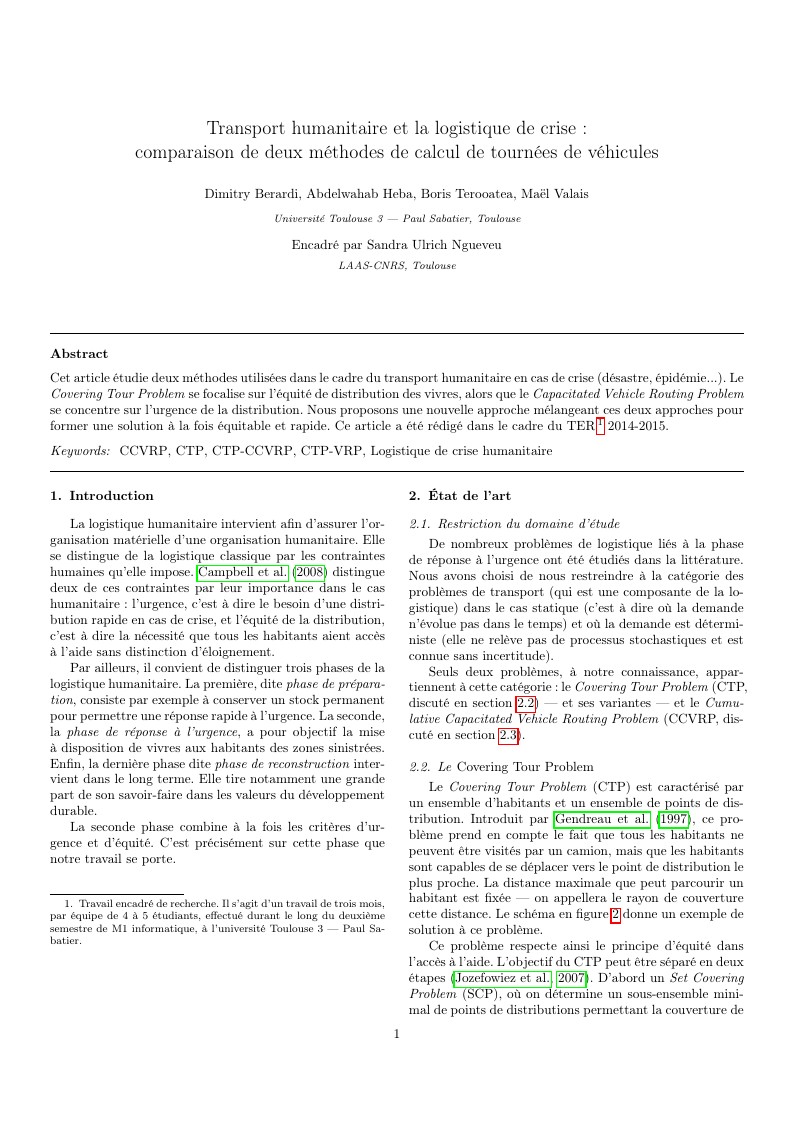
Cet article étudie deux méthodes utilisées dans le cadre du transport humanitaire en cas de crise (désastre, épidémie...). Le Covering Tour Problem se focalise sur l'équité de distribution des vivres, alors que le Capacitated Vehicle Routing Problem se concentre sur l'urgence de la distribution. Nous proposons une nouvelle approche mélangeant ces deux approches pour former une solution à la fois équitable et rapide. Ce article a été rédigé dans le cadre du TER 2014-2015.
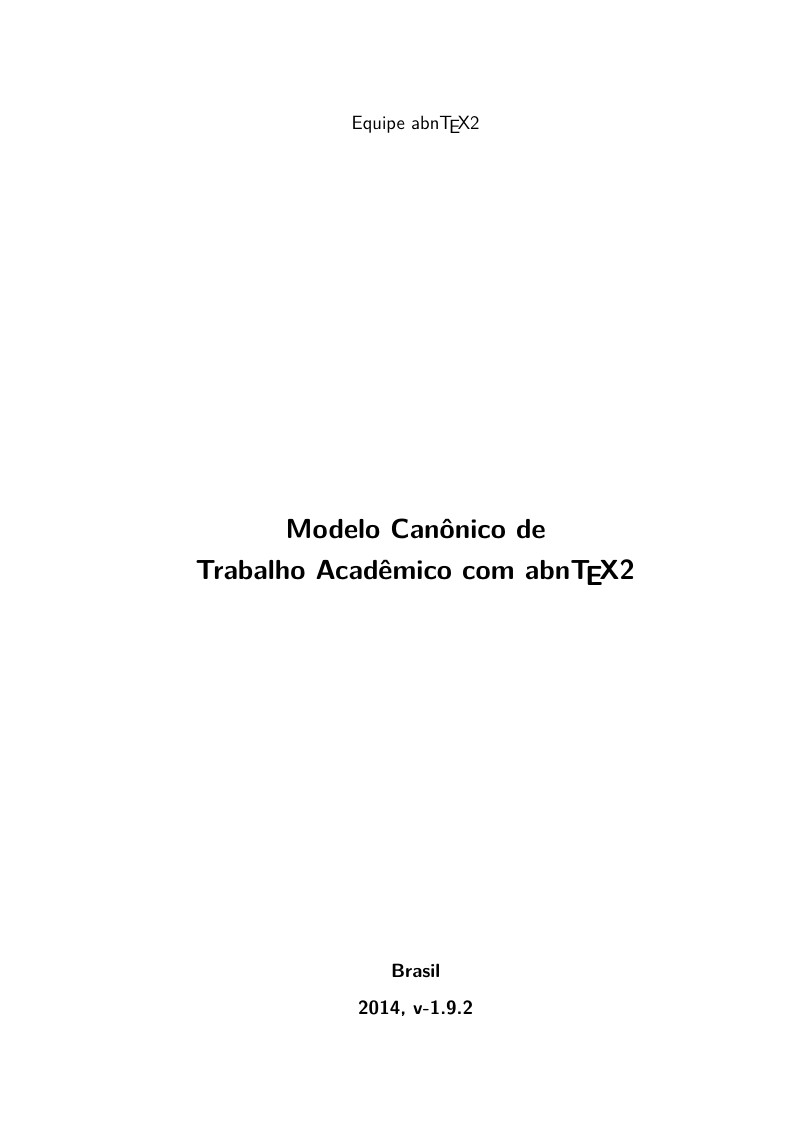
abtex2-modelo-trabalho-academico.tex, v-1.9.2 laurocesar Copyright 2012-2014 by abnTeX2 group at http://abntex2.googlecode.com/ This work may be distributed and/or modified under the conditions of the LaTeX Project Public License, either version 1.3 of this license or (at your option) any later version. The latest version of this license is in http://www.latex-project.org/lppl.txt and version 1.3 or later is part of all distributions of LaTeX version 2005/12/01 or later. This work has the LPPL maintenance status `maintained'. The Current Maintainer of this work is the abnTeX2 team, led by Lauro César Araujo. Further information are available on http://abntex2.googlecode.com/ This work consists of the files abntex2-modelo-trabalho-academico.tex, abntex2-modelo-include-comandos and abntex2-modelo-references.bib
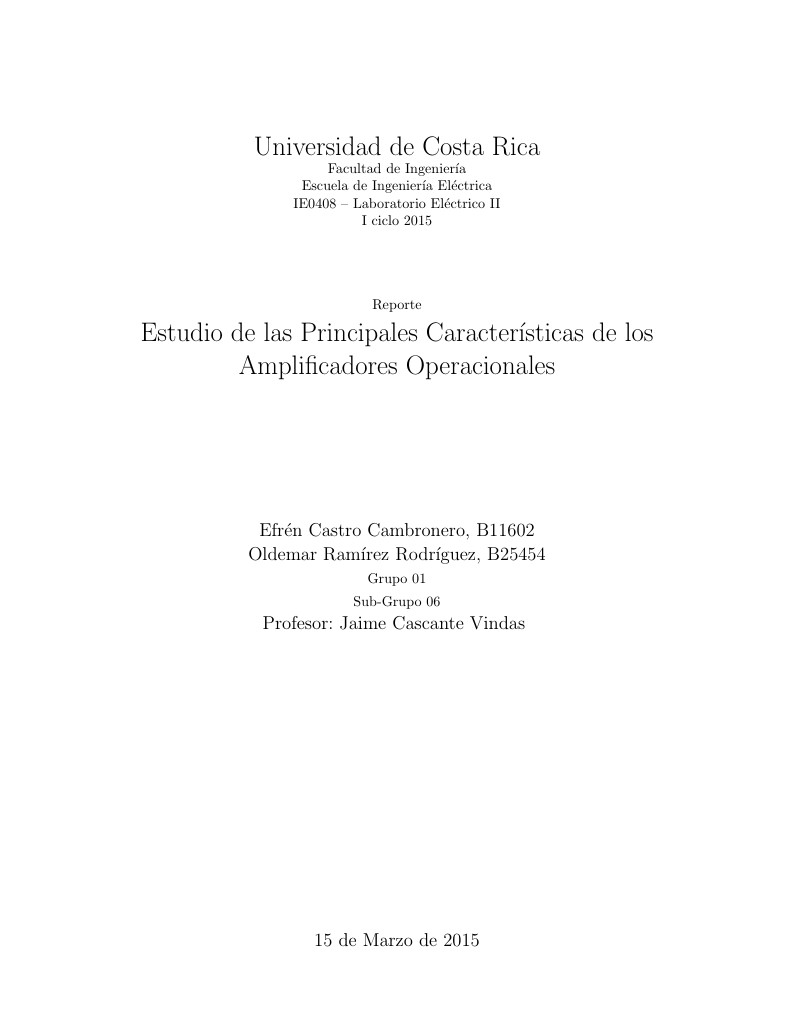
un reporte de laboratorio electrico II

Etude et estimation de la consommation totale d’électricité par calage avec ou sans réduction du nombre de variables auxiliaires. Template: The Legrand Orange Book LaTeX Template Version 1.4 (12/4/14) This template has been downloaded from: http://www.LaTeXTemplates.com Original author: Mathias Legrand (legrand.mathias@gmail.com) License: CC BY-NC-SA 3.0 (http://creativecommons.org/licenses/by-nc-sa/3.0/)
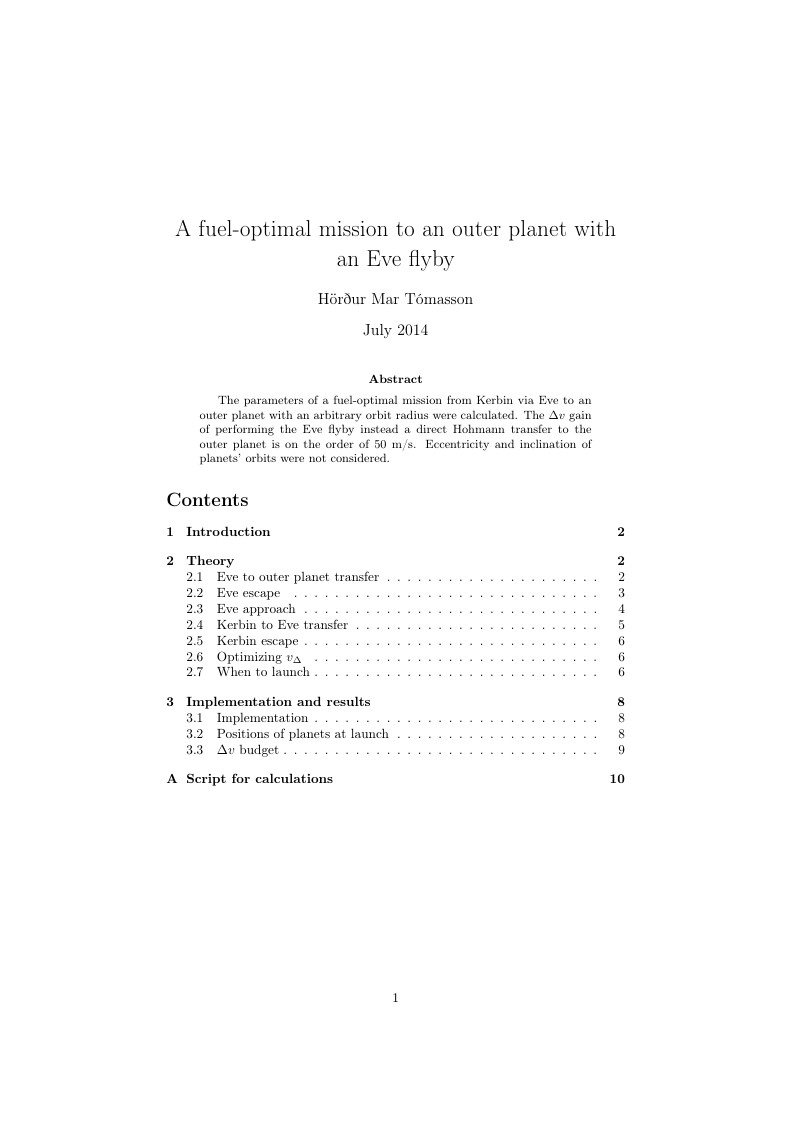
The parameters of a fuel-optimal mission from Kerbin via Eve to an outer planet with an arbitrary orbit radius were calculated. The $\Delta v$ gain of performing the Eve flyby instead a direct Hohmann transfer to the outer planet is on the order of 50 m/s. Eccentricity and inclination of planets' orbits were not considered.

En esta monografía se pretende crear modelos matemáticos para la gestión del talento basados en el diversity problem para la creación de grupos multidisciplinares basados en las inteligencias múltiples de Gardner.
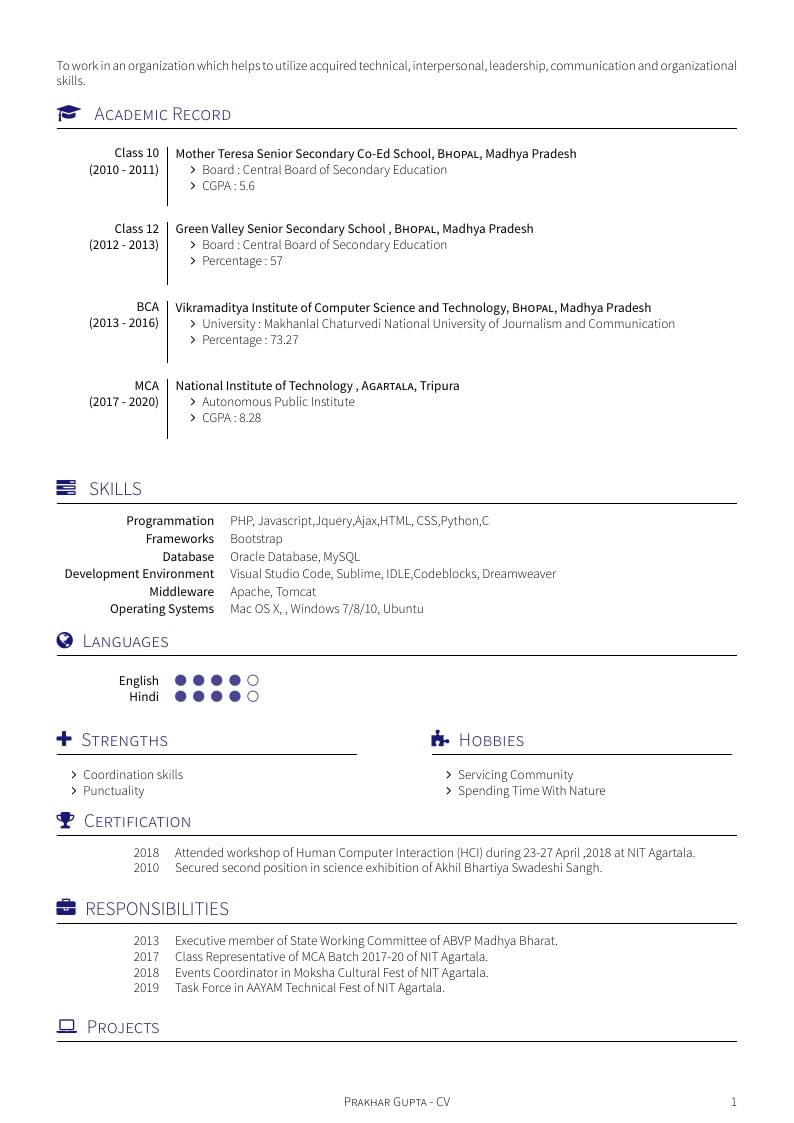
For college purpose. Prepared using the YAAC template.
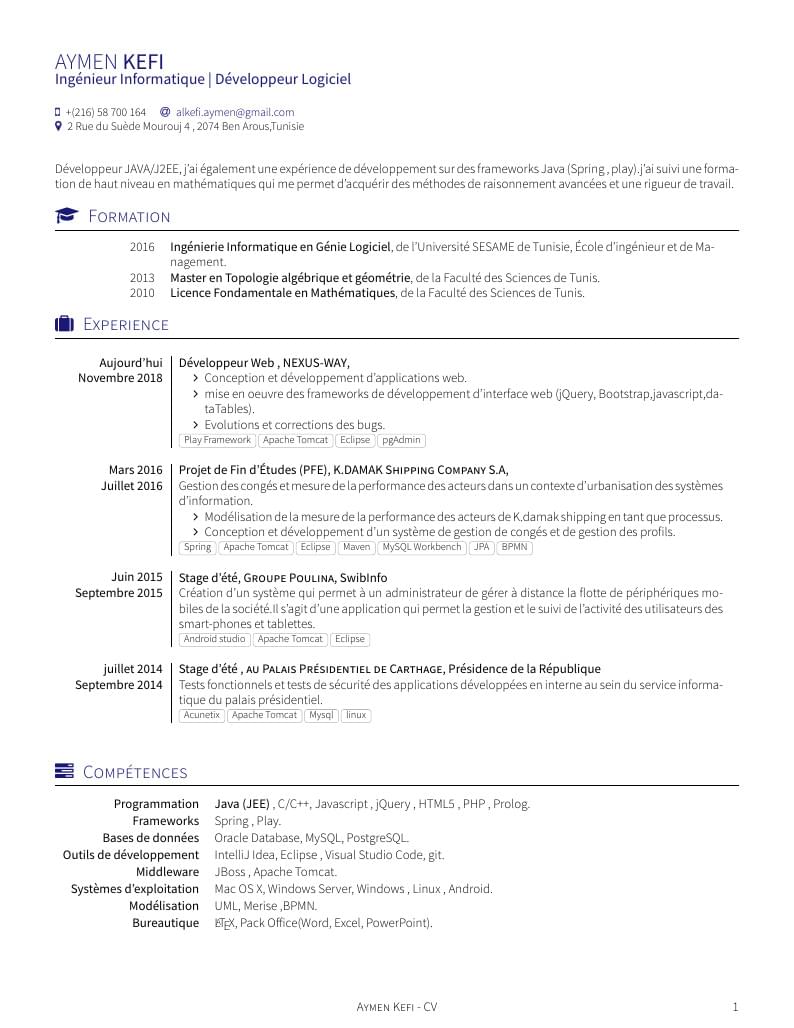
Aymen Kefi's CV. Created with the USA STEM CV template.
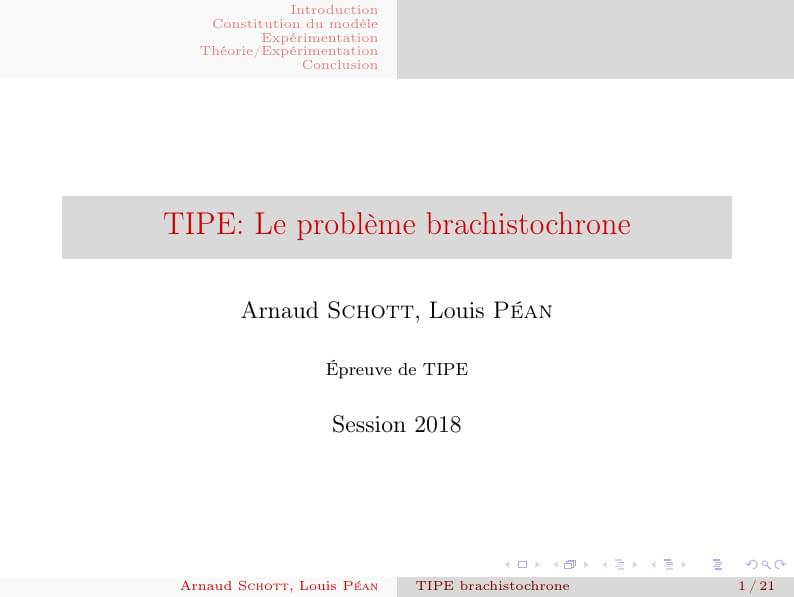
On découpe ce document complexe en plusieurs sous-fichiers séparés. Cela permettra notamment de réarranger les transparents facilement lors de l'élaboration du document.
\begin
Discover why over 20 million people worldwide trust Overleaf with their work.